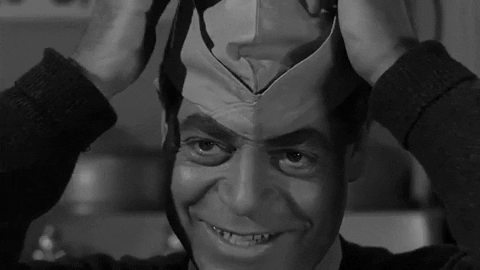Ray Lecture
Active Member
This build thread is for an upscaled version of the Estes Venus probe. I have an original Venus Probe from 1997 which I still fly today.
The rocket was always somewhat under powered, so I upgraded it to a 24mm motor mount recently, but the limited tube size to stuff two parachutes always made it difficult to prep for flight. I thought an upscaled version could solve both those issues. Originally, I upscaled it to a 2.6 in tube size but I did not generate a lot of documentation for a build thread.


Photos by Wes Munn
The 2.6in version ended up heavier than I had planned and ended up being a Level 1 rocket. The plastic in my original rockets has gotten pretty brittle over the years and I want one to fly more regularly, so I decided to do a BT-60 version with a 29mm motor mount. Since a lot of the pieces are 3D printed, most of the effort is just scaling the STL files in the slicer and printing new parts. I did do some small design improvements based on lessons learned from the first build.
Design Overview:
The overall design was scaled from a rocksim file from the RocketReviews website https://www.rocketreviews.com/unknown-venus-probe.html. The lower section was increased to fit a mid power 29mm engine.
The 3D printed alien pod and legs were designed in OpenSCAD and are approximations to the Estes design. The alien bust was used from Thingiverse https://www.thingiverse.com/thing:2668660. Cura was used as the slicer and all the parts were printed on a Creality CR-10S Pro using PLA+


The rocket was always somewhat under powered, so I upgraded it to a 24mm motor mount recently, but the limited tube size to stuff two parachutes always made it difficult to prep for flight. I thought an upscaled version could solve both those issues. Originally, I upscaled it to a 2.6 in tube size but I did not generate a lot of documentation for a build thread.


Photos by Wes Munn
The 2.6in version ended up heavier than I had planned and ended up being a Level 1 rocket. The plastic in my original rockets has gotten pretty brittle over the years and I want one to fly more regularly, so I decided to do a BT-60 version with a 29mm motor mount. Since a lot of the pieces are 3D printed, most of the effort is just scaling the STL files in the slicer and printing new parts. I did do some small design improvements based on lessons learned from the first build.
Design Overview:
The overall design was scaled from a rocksim file from the RocketReviews website https://www.rocketreviews.com/unknown-venus-probe.html. The lower section was increased to fit a mid power 29mm engine.
The 3D printed alien pod and legs were designed in OpenSCAD and are approximations to the Estes design. The alien bust was used from Thingiverse https://www.thingiverse.com/thing:2668660. Cura was used as the slicer and all the parts were printed on a Creality CR-10S Pro using PLA+






























